This photograph shows an M6 High-Speed Tractor, the heaviest of the U.S. artillery tractors, from an unknown artillery unit equipped with the 240mm howitzer.
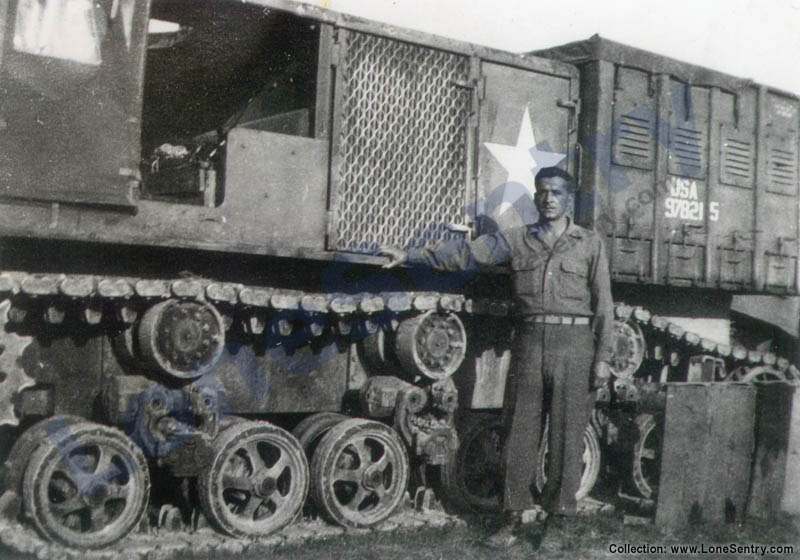
This photograph shows an M6 High-Speed Tractor, the heaviest of the U.S. artillery tractors, from an unknown artillery unit equipped with the 240mm howitzer.

Subcaliber firing was used by the U.S. Army to develop a tank gunner’s accuracy, speed, and confidence without the costs and disturbance of firing the main armament. In general, the coaxial machine gun was used for the subcaliber training for tank crews. However for fire adjustment training, a standard submachine gun could be mounted outside the tank. Until a standard mount could be developed, the Tank Gunnery manual recommended the following mount for the 75-mm gun on the M4. For firing, the submachine gun was connected to the firing solenoid from the coaxial machine gun. Source: Tank Gunnery, War Department Field Manual FM 17-12, July 10, 1944.
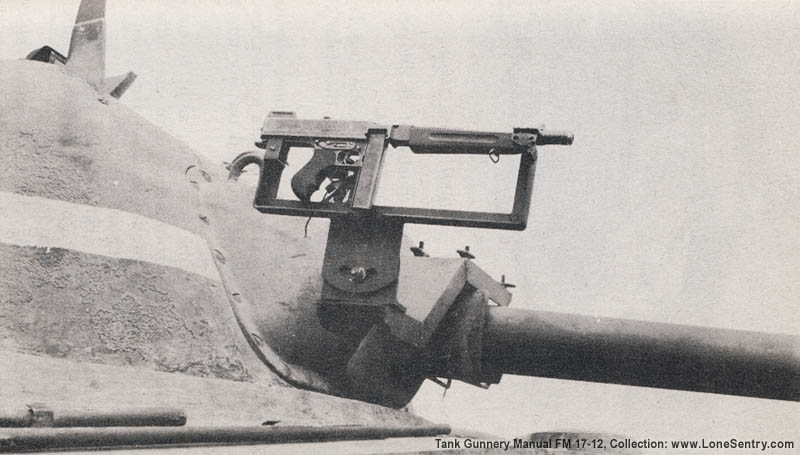
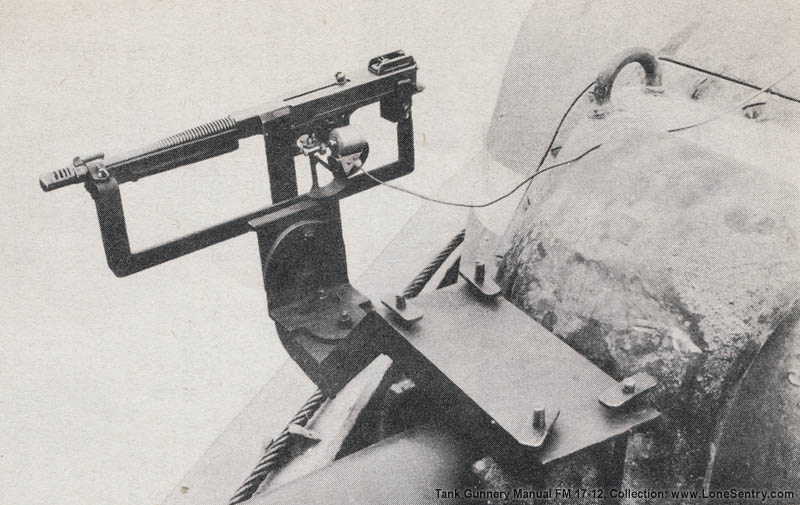
A Sherman tank dozer does construction work on the golf course at the U.S. military base in Bremen in 1945 during the U.S. occupation. (Source: Bremen Port Command’s “GI Paradise”, February 1946.)
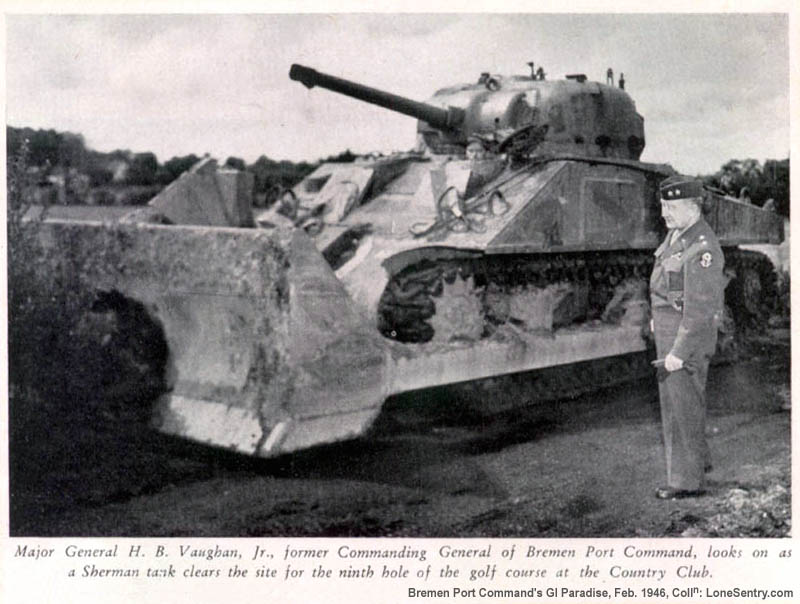
The June 15, 1945 issue of Onaway, the official newspaper of the 76th Infantry Division, published in Germany described the rules for the three GI uniforms—service, field, and fatigue.
Here Are Latest Tips From GI Style Center – What To Wear And When
It’s All Very Simple; Three Uniforms Described
Dress Righ-h-t-t, DRESS! These are the latest notes from the GI Style Center on what to wear and when to wear it.
It’s all as simple as A, B, C. There are three uniforms—Service, Field, and Work. The only simpler rules on wearing uniforms were the old ones—when you were in combat. Then there was only one uniform—the one you had on. You worked, fought and even slept in it.

Now, it’s different. You’ve got to know when to tuck your trousers into your boots, when to pull them out, when to wear a helmet, when to wear your necktie, and so forth on and on.
Service Uniform
First of all, there’s “A”—the Service Uniform. That’s the one you wear after retreat, on Sunday, on holidays, on pass and furlough, when taking part in formal ceremonies.
The service uniform calls for the garrison cap, blouse or ETO Jacket, any type issue shirt with necktie, OD trousers, low shoes, service shoes, or combat boots, insignia. When dressed like this, you don’t have to carry your weapon.
Now as for the blouse or ETO jacket, most of you don’t have any. You can still be in Service Uniform if you wear your OD shirt with necktie but then you must carry your weapon. In other words, when you wear your blouse or ETO jacket, no weapon! When you wear the shirt and necktie, carry your weapon.
It’s assumed of course that you’re wearing your dog tags, belt, socks and underwear. If low shoes are worn, your socks will be plain tan or brown.
If the weather is bad you may wear a helmet liner, an overcoat or a raincoat. The wearing of ribbons, decorations and badges is optional. Suit yourself.
Your leggins are never worn and your trousers are not tucked in when wearing uniform “A”, the Service Uniform.
Field Uniform
Next is “B”—the Field Uniform. This is the one you’ll be dressed in most of the time. You’ll wear the helmet liner, OD shirt, OD trousers tucked into your leggins or boots, service shoes with leggins or combat boots, jacket depending on the weather, your individual weapon, insignia.
The cartridge belt is required only for those training, on guard duty, or in formation. The first aid packet is on the right front, canteen right rear, the compass left rear, and the bayonet or trench knife left hip.
Optional items with this uniform are your ribbons, badges, and combat unit commander’s identification.
Work Uniform
Next and last is “C”—The Work Uniform. You’ll wear this as prescribed by your commander when engaged in fatigue or maintenance work, athletics, or rough training which would ruin your other uniforms.
This uniform consists of the helmet liner, one or two-piece fatigue suit, combat boots or service shoes with leggins, the field jacket in cold weather and any equipment your commander may prescribe.
The fatigue cap can be worn only by those working in the motor park or workshop. Fatigue trousers will be tucked into boot tops or leggins by those training. Otherwise, it’s optional. Leggins may be omitted when you are engaged in athletics, fatigue or maintenance work.
The old headgear is as much a part of the uniform as the collar on your shirt. There are a few exceptions. No cap, hat or helmet need be worn while participating in athletics, eating meals outdoors near the kitchen, while relaxing or lounging in the immediate vicinity of your billet or while attending open air entertainment programs.
Your helmet liner strap may be worn under your chin, so you won’t have any trouble keeping your chapeau on when you’re riding in a truck.
The wearing of scarfs and captured enemy weapons is out. Sweaters will not be worn as an outer garment.
You can take off your shirt or jacket during athletics or fatigue details providing you’re wearing an undershirt.
Above all—don’t mix the uniforms. If you’re wearing the Service Uniform, wear all the items of that uniform. If you’ve got on your garrison cap and you’re not wearing a necktie, brother, you’re naked!
Two photographs of German automobiles captured by the U.S. during WWII: the top photo is from an unknown U.S. unit and labelled “Howard Slova, 1st Cook, Germany, ’45 June”; the bottom photo is from an unknown unit of Ninth Air Force and shows an Opel Olympia.
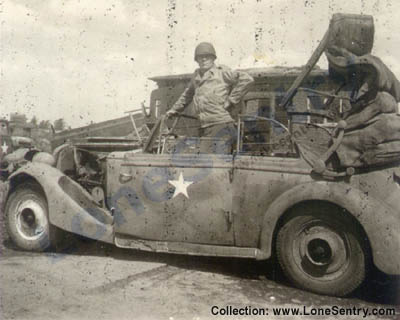
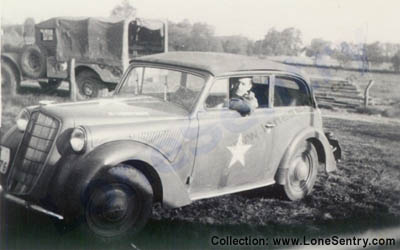
Two photographs showing soldiers and tanks of the 3rd Tank Battalion, 10th Armored Division during training in Georgia.
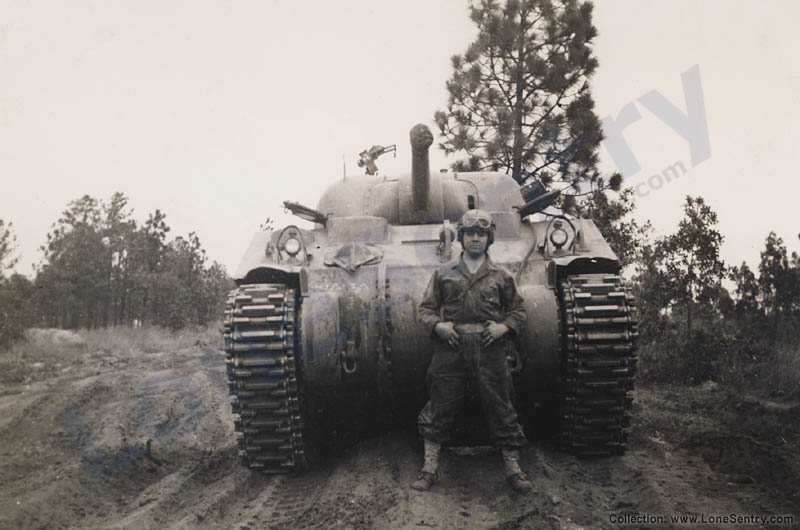
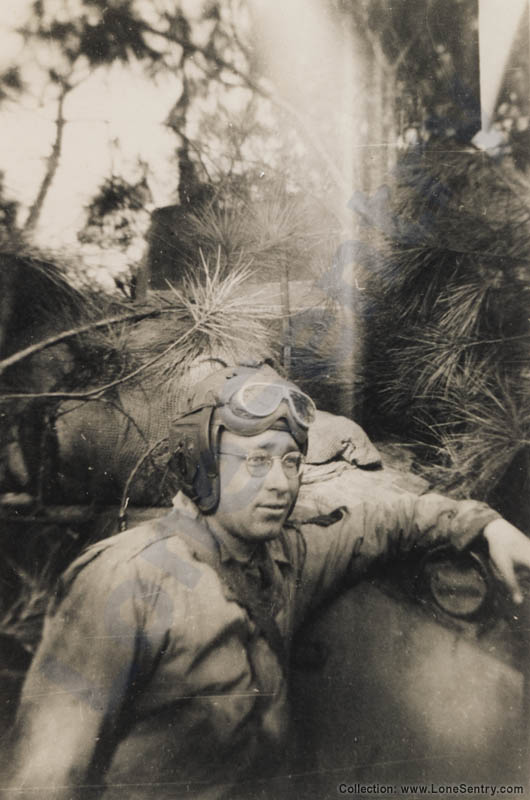
The U.S. Ordnance Department published a handbook on the 90-mm M3 Gun which included the following photographs demonstrating the effectiveness of the 90-mm Hyper-Velocity Armor-Piercing Shot T30E16 and 90-mm Armor Piercing Shot T33 against the armor of the German Panther tank. Source: Armor-Piercing Ammunition for Gun, 90-mm, M3, Office of the Chief of Ordnance, Washington, D.C., 1945.
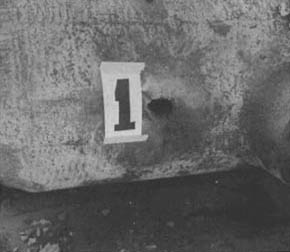
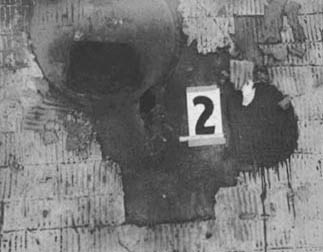
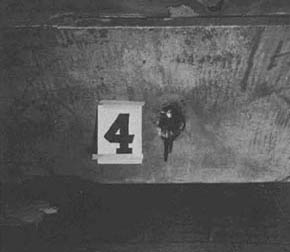
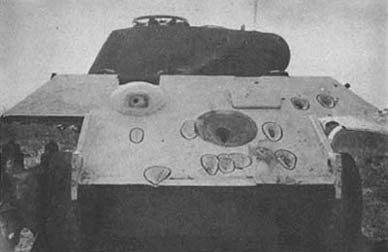
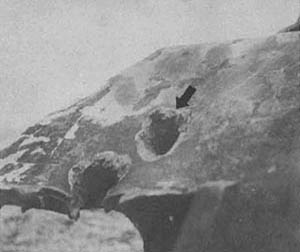
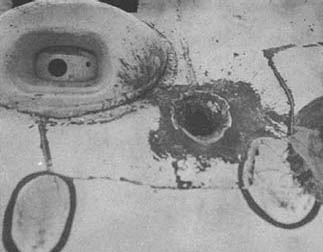
German troops inspect a destroyed Russian T-26 light tank, pierced behind the turret vertical armor seam.
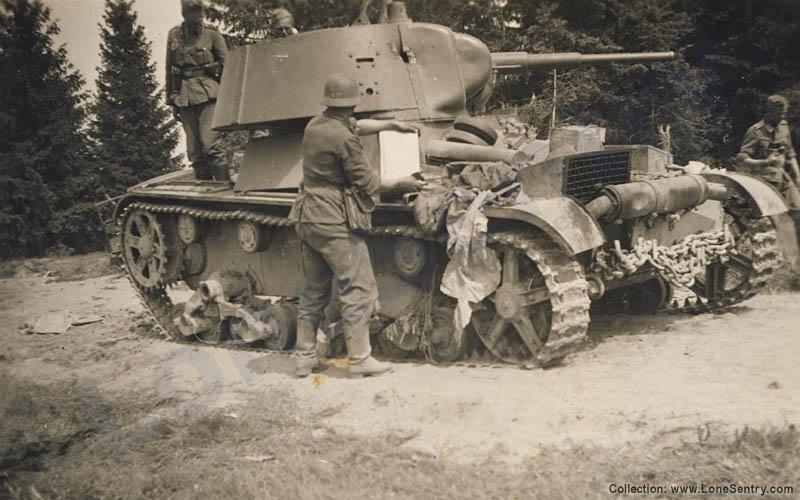
The April 1946 issue of the U.S. Intelligence Bulletin contained a report on German V-2 rocket launching battery support vehicles and equipment, which included highly-specialized trucks, halftracks, and trailers including the Meillerwagen trailer and the Brennstand launch platform. Source: “Guided Missiles—The Weapon of the Future,” Intelligence Bulletin, April 1946, War Department, Washington, D.C.
![After carrying the V-2 to its launching site, the trailer shown... raised the rocket to vertical for servicing and launching ([top], shows raised trailer without rocket).](http://www.lonesentry.com/blog/wp-content/uploads/2020/05/v2-rocket-trailer-stand.jpg)
![Once vertical, the V-2 was lowered onto a smaller trailer stand on jacks, then serviced by 30 vehicles, like those [shown].](http://www.lonesentry.com/blog/wp-content/uploads/2020/05/v2-rocket-vehicles-halftrack.jpg)